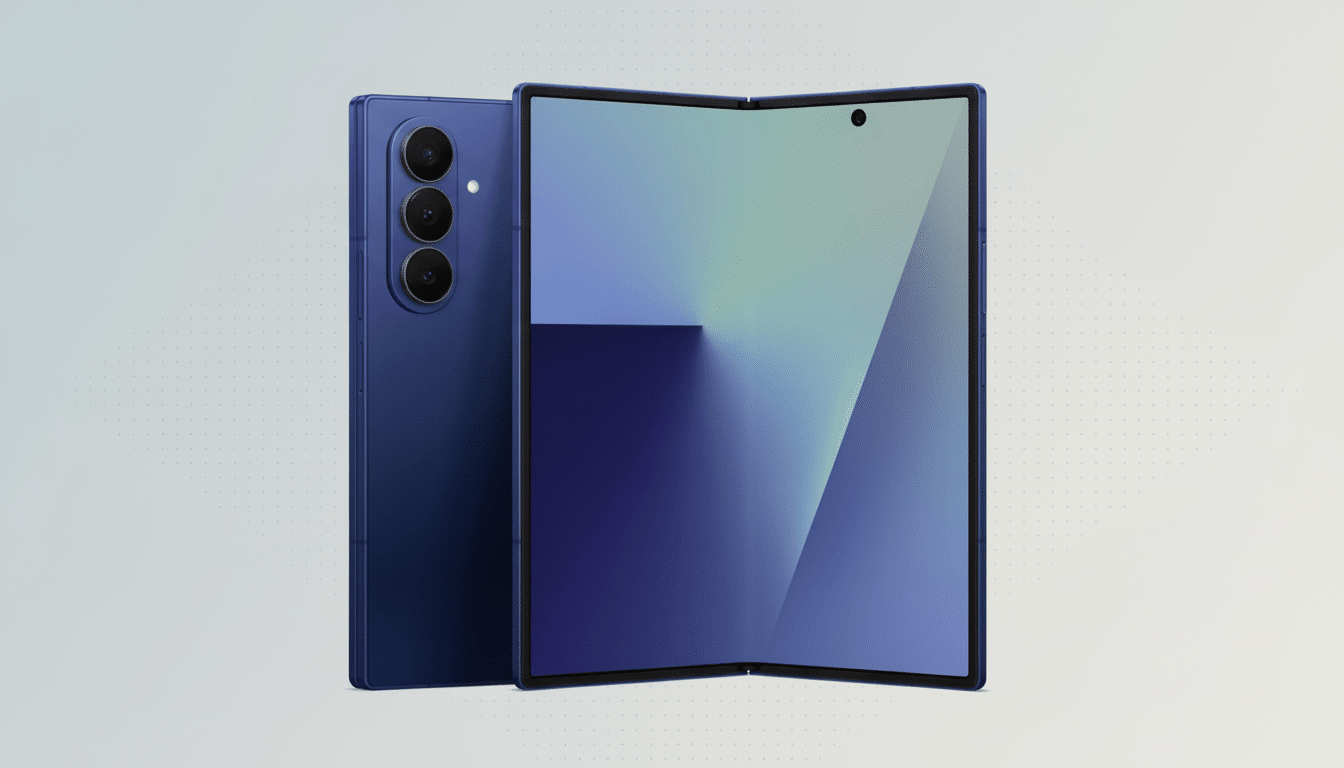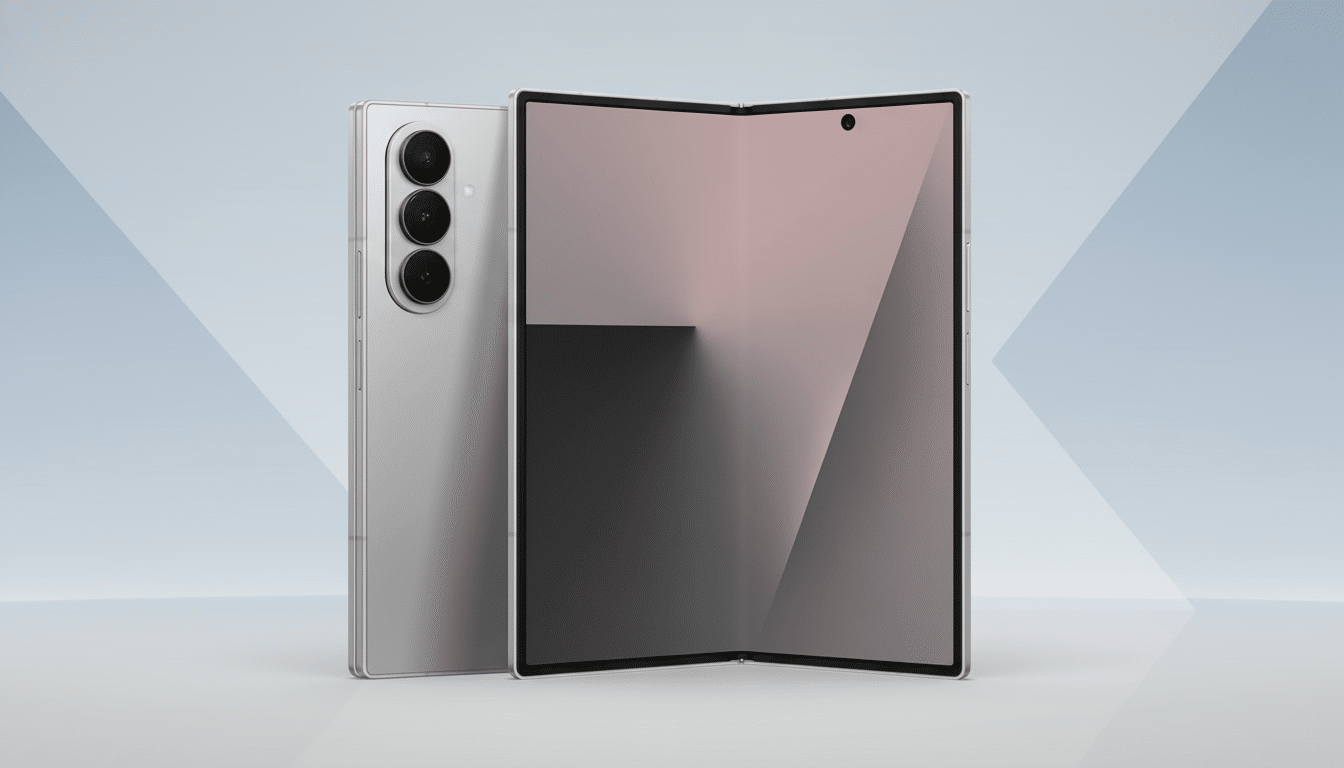Two book-style foldables are leading the charge this cycle: Samsung’s Galaxy Z Fold 7 and Google’s Pixel 10 Pro Fold. Both cater to power users who crave a tablet-class canvas while still preserving pocketability. After using each one, the differences are starker than the spec sheets might indicate — and which is better for you depends on how and where you use your phone.
Design, durability, and ergonomics compared in depth
Google achieves a first that matters in the real world: an IP68 rating on a book-style foldable. That is, the Pixel 10 Pro Fold is dust-tight and protected from immersion, and is more resistant to ingress than the Galaxy Z Fold 7’s IP48 rating. If you work in scuzzy warehouses, on job sites, or in the desert, the extra sealing is worth its weight (which I believe happens to be silica).
- Design, durability, and ergonomics compared in depth
- Display quality, inner crease differences and feel
- Camera performance and zoom choices, sensors, and apps
- Charging ecosystem and accessories for daily use
- AI capabilities and long-term support, subscriptions and tools
- Performance, battery life, and everyday workflow
- Price, overall value, and the final call for buyers

Samsung hits back with the most comfortable in-hand feel we’ve experienced on a foldable at this size. At about 215 grams, when closed the Z Fold 7 is slimmer, and the device feels like you’re carrying a slab phone built for red-carpet VIPs. The cover display’s more friendly aspect ratio likewise makes one-handed replies and quick tasks easier than on Google’s wider front screen.
Display quality, inner crease differences and feel
Open ’em both up, and you’ll see why Samsung still absolutely runs the folding OLED show. The crease on the Z Fold 7’s inner panel is still a low-contrast line — it’s detectable at angles, only infrequently under swipes. Text and pen input seem more like a flat tablet experience. The Pixel’s crease is better than previous Google folds, but it is still more apparent, and the inner finish of the screen is glossier and prone to glare during reading sessions.
Both are great at brightness and color calibration, and both have adaptive refresh for movement that’s easier on the eyes. If your preferences skew heavy toward stylus work or you spend hours reading PDFs, Samsung’s sculpted panel pays dividends. Content-watchers will be content either way, but the Z Fold’s folding behavior is preferable for long-form use.
Camera performance and zoom choices, sensors, and apps
Samsung focuses on sensor horsepower, most notably with a 200MP main camera, and the ability to shoot in impressive detail (and maintain consistent autofocus) across multiple camera modules. Low-light shots are clean and the noise is controlled, while the camera app is fast and reliable. Google takes a different approach: a 48MP main sensor combined with a 5x optical telephoto that outperforms Samsung’s 3x to provide the Pixel more native reach for stadium seats and street candids.
Both are also strong in computational processing. Samsung’s portraits produce satisfying separation and color pop; Google handles skin tones and shadows among the most naturally. Zoom often decides the winner: if you use 5x a lot, the Pixel is simply the better tool; but if you want the most versatile all-around camera with class-leading 1x detail, the Galaxy takes it.
Charging ecosystem and accessories for daily use
PixelSnap is the secret feature that could woo over iPhone switchers. Based on Qi2, the Pixel 10 Pro Fold incorporates a magnetic ring that adheres to MagSafe-style chargers and accessories for up to 15W wireless charging and snap-on convenience with mounts and power banks. People whose desks, nightstands, and cars are already magnet-ready will find Google smoothly facilitates that transition.
Samsung supports full-on wired and wireless charging but lacks Qi2 magnetic alignment. The accessory breadth still favors Samsung for foldable-specific cases and keyboard folios, but Google’s magnet play is the more game-changing move for everyday charging and content creation rigs.

AI capabilities and long-term support, subscriptions and tools
Both phones are designed to take advantage of on-device and cloud AI. Both promise support for seven years of Android OS and security updates — an enterprise-grade guarantee that few brands offer.
Google includes one year of Gemini Advanced with the Pixel 10 Pro Fold, adding advanced multimodal capabilities, creative tools, and more cloud storage. Samsung throws in six months of access to Gemini and layers on top its own Galaxy AI tools, such as polished-up translation, transcription, and content assist functions.
In daily use, I found Samsung’s collection slightly more unified throughout system apps, whereas Google’s new Magic Cue and Camera Coach are pleasantly useful for messaging and taking photos. For AI-curious consumers, the Pixel’s longer included subscription provides some value right away.
Performance, battery life, and everyday workflow
Both can handle heavy multitasking, floating windows (with desktop-like split views) without making a fuss.
Samsung’s taskbar and app continuity between the screens are well-developed, so it’s simple to pin workflows that you rely on. Google’s software also feels cleaner and more fluid than before, particularly with live transcriptions and speedy contextual conversations layered into all that communication.
Both have strong battery life thanks to adaptive refresh and smart background management. The slimmer, lighter Galaxy is less of a burden to tote through long days; the Pixel takes home gold in magnetic charging and dust-ready confidence. Neither felt like a compromise as a primary device.
Price, overall value, and the final call for buyers
Street pricing now leans toward Samsung, and frequent retail deals make the Z Fold 7 go for less than Google’s sticker price. That matters. Meanwhile, Counterpoint Research and IDC both record that foldables are the fastest-growing portion of the premium phone market, and long-term software support will be more valuable than a one-year spec race — an area where Samsung and Google stand shoulder by shoulder now.
The verdict: You should go with the Pixel 10 Pro Fold if you need even better dust resistance, value 5x native zoom, and appreciate magnet-ready charging that slips into an iPhone-era accessory drawer. Select the Galaxy Z Fold 7 if it’s a thin, lightweight device you seek with a minimally distracting crease and strong current pricing. They’re both great; the correct answer is where you work, what you shoot, and how you charge.

